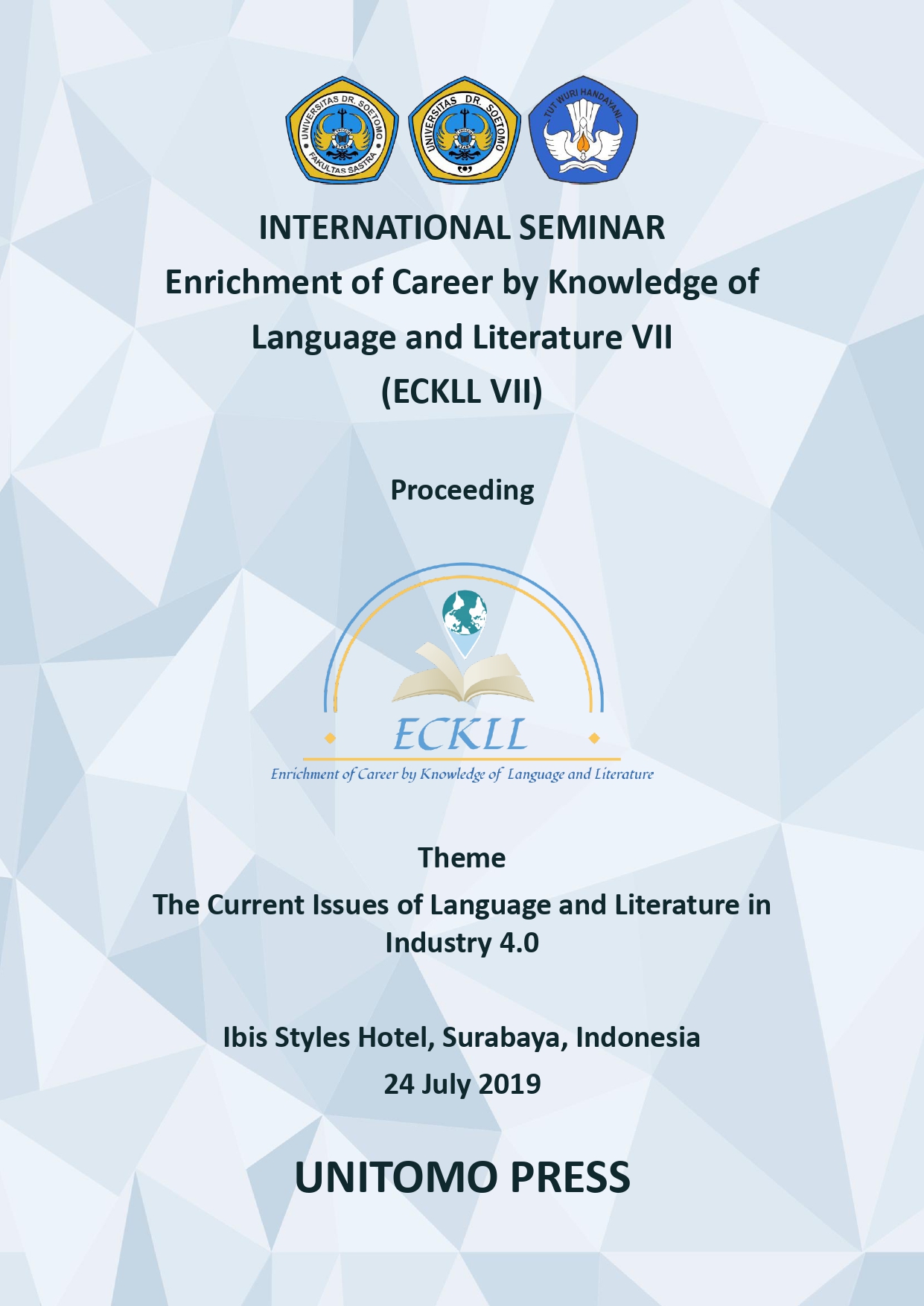CULTURAL HEGEMONY: SEDEKAH BUMI, THE TRADITIONAL THANKSGIVING AND OFFERING AT THE TOMB OF GUSTI WONGSO NEGORO
 Abstract views: 247
,
Abstract views: 247
,
 PDF downloads: 110
PDF downloads: 110
Abstract
Hegemony deals with the concept of domination of reality that is spread in society referring to the ideological position of the higher class. These influences shape morality, customs, religion, principles, and social reality. Many Javanese people assume that the practice of Sedekah Bumi, the traditional Thanksgiving and Offering, at the tomb of Gusti Wongso Negoro is internalized by the belief inthe myths. To investigate this assumption, the present study employed the three stages of Spradley folklore method –pre- fieldwork, while fieldwork (observation and interview), and post-fieldwork. The findings of the study indicated that the community still holds and implements cultural principles containing morality and religion carried out for generations as a form of community customs. The residents voluntarily and sincerely carry out the same ritual every year. This tradition is a form of cultural hegemony because the people of Karang Ploso village, Bangkingan Lakarsantri sub-district, Surabaya city have been internalized by their ancestors’ beliefs about the sacredness of Gusti Wongso Negoro’s tomb so that they still carry out these obligatory rituals. The implications of this research are (1) cultural preservation; (2) local wisdom illustrated in mutual cooperation to clean the tomb, salvation, gathering event, social proximity, a means of building a national identity.







